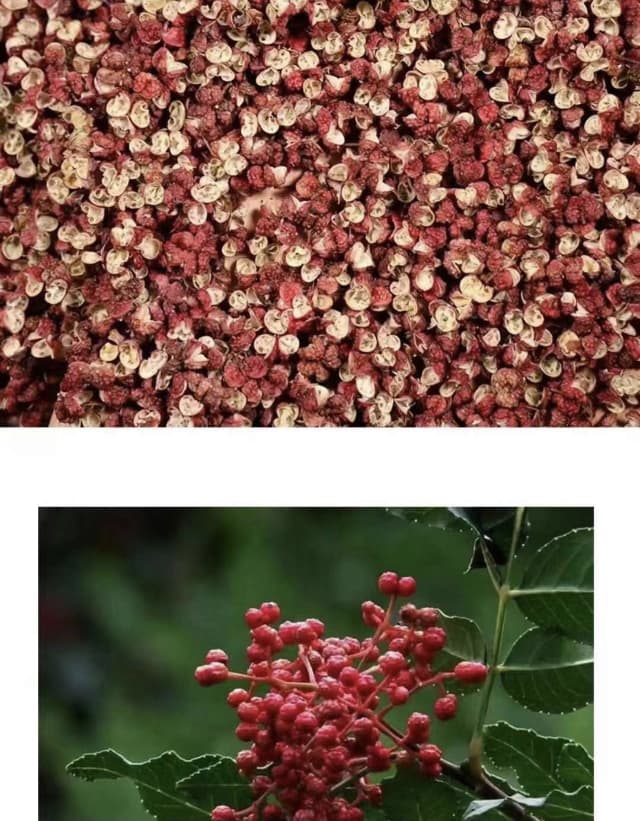About YongJi
Yongji is a renowned Tibetan dancer celebrated for her captivating performances that blend traditional Tibetan dance with contemporary elements.
Hailing from the picturesque regions of Tibet, Yongji has dedicated her life to preserving and promoting the rich cultural heritage of her homeland through dance.
Her performances are characterized by graceful movements, vibrant costumes, and deep cultural symbolism, reflecting the unique traditions and spiritual essence of Tibetan culture. With a passion for storytelling through dance, Yongji has captivated audiences worldwide, earning recognition and accolades for her contributions to the arts.
Her dedication to her craft and her role as a cultural ambassador make her a prominent figure in the world of dance.
Chinese Huajiao Pepper (Sichuan Pepper)

Botanical Information
- Scientific Name: Zanthoxylum piperitum (and other species in the Zanthoxylum genus).
- Family: Rutaceae, the same family as citrus fruits.
Characteristics
- Appearance: The peppercorns are small, reddish-brown, and have a wrinkled, husk-like appearance.
- Flavor: Known for its unique, mouth-numbing sensation combined with a citrusy, slightly spicy flavor.
- Aroma: Has a strong, fragrant aroma that is both floral and peppery.
Culinary Uses
- Sichuan Cuisine: Essential in dishes like Mapo Tofu, Kung Pao Chicken, and Hot Pot.
- Seasoning: Used in spice blends like Chinese five-spice powder and in the famous "mala" (numbing and spicy) flavor profile.
- Versatile Use: Can be used whole, ground, or as an oil (Sichuan pepper oil).
Health Benefits
- Digestive Aid: Traditionally used to stimulate digestion and relieve gastrointestinal issues.
- Antioxidant Properties: Contains compounds that have antioxidant effects.
- Pain Relief: The numbing sensation can act as a mild analgesic.
Cultural Significance
- Traditional Medicine: Used in Chinese traditional medicine for its therapeutic properties.
- Culinary Tradition: A staple in Sichuan cooking, highlighting the region’s bold and flavorful cuisine.
Harvesting and Preparation
- Harvesting: Typically harvested in the late summer to early autumn.
- Preparation: The husks are dried and often toasted before use to enhance their aroma and flavor. The seeds inside are usually discarded due to their gritty texture.
